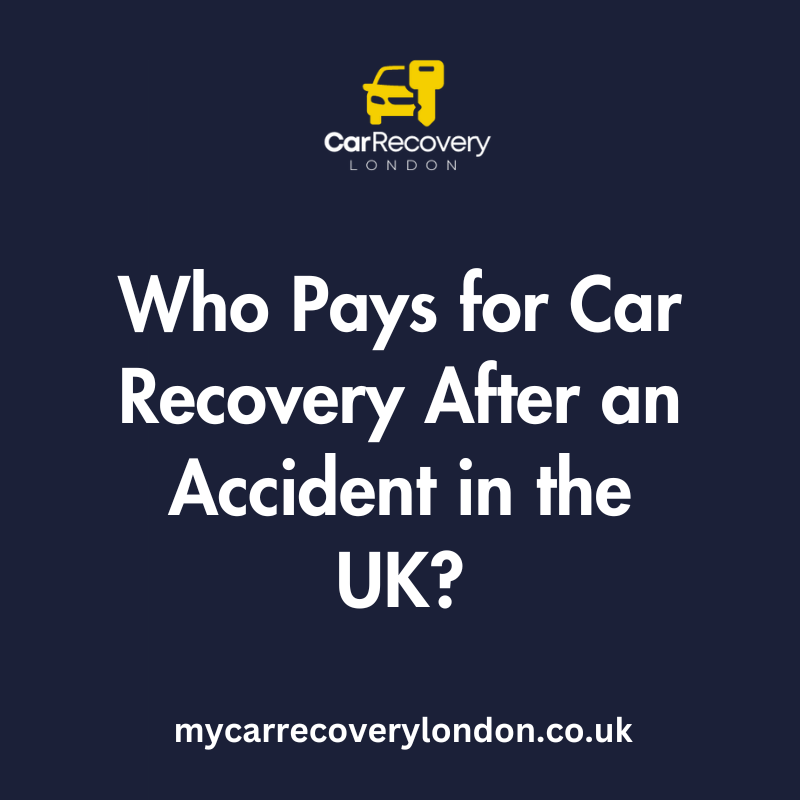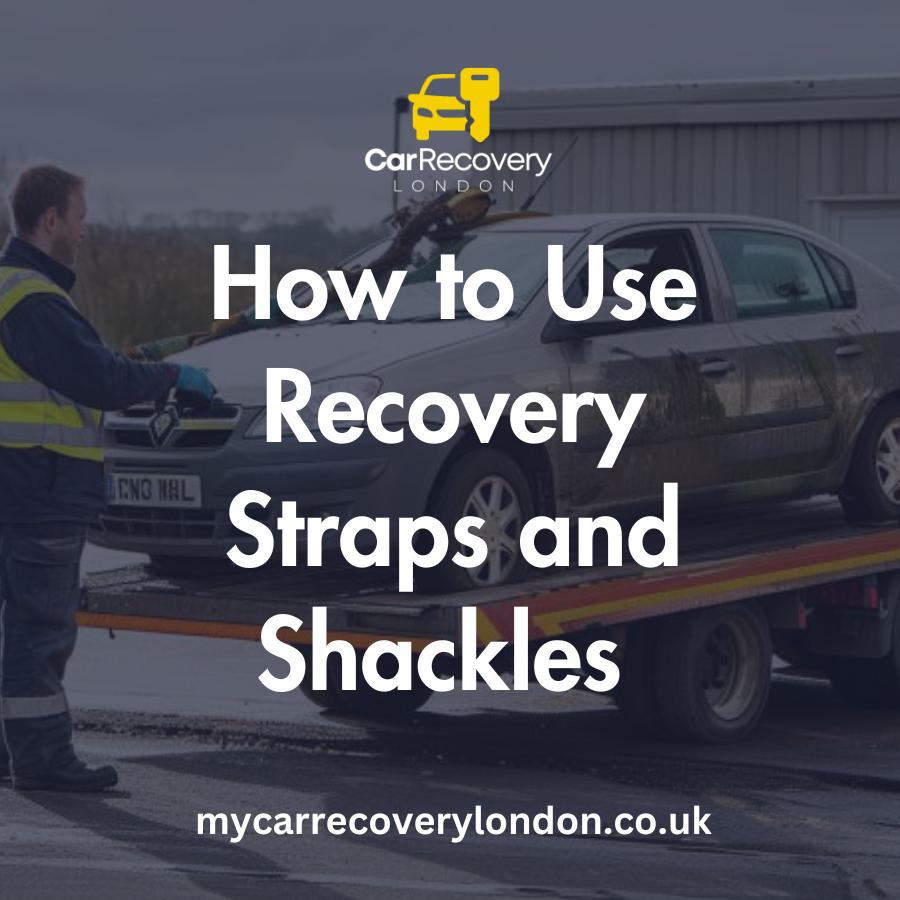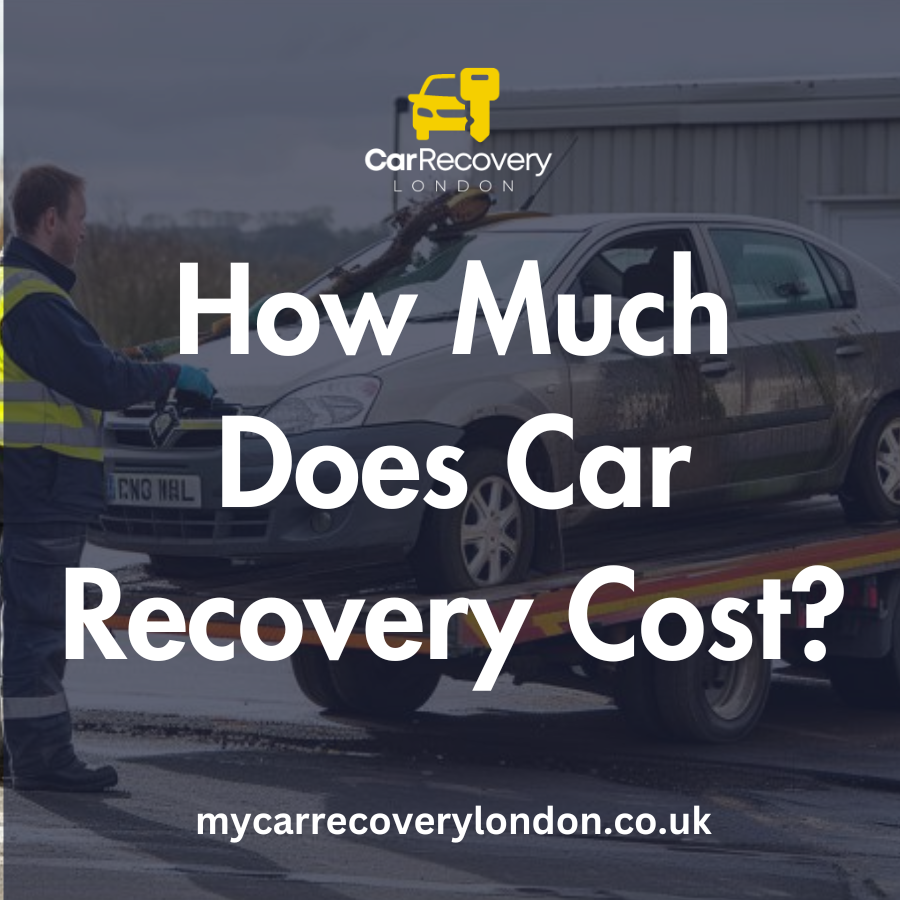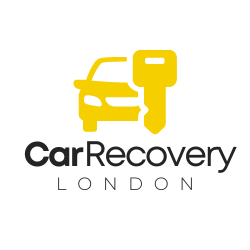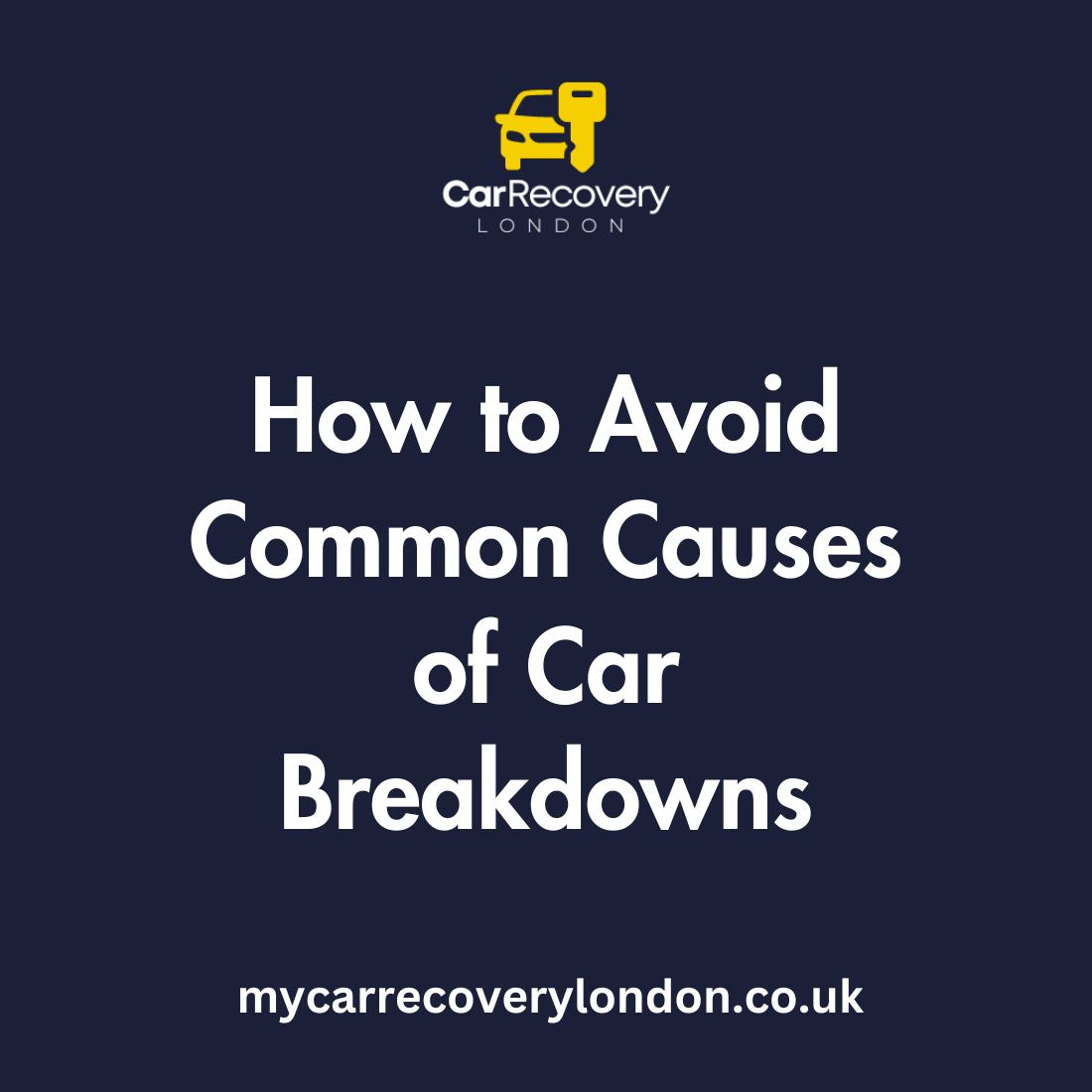Towing Rules and Regulations in the UK

Towing Rules and Regulations in the UK: What You Need to Know
Before embarking on any towing adventure, it's essential to familiarise yourself with the UK's towing rules and regulations. Failing to comply with these laws can result in fines, penalties, and even dangerous situations on the road. In this article, we'll delve into the legal requirements for towing a car in the UK, ensuring you're well-informed and prepared for a safe towing experience.
Driving Licence Requirements for Towing
The first step in understanding towing regulations is to determine whether your driving licence permits you to tow a car. The rules vary depending on when you obtained your licence:
- If you passed your driving test before 1 January 1997, you can typically tow a vehicle and trailer with a combined Maximum Authorised Mass (MAM) of up to 8,250kg.
- If you obtained your licence on or after 1 January 1997, you are allowed to tow a trailer with a MAM of up to 3,500kg.
It's crucial to check your driving licence information to confirm your towing entitlements.
Towing Capacity and Weight Limits
In addition to driving licence requirements, you must also adhere to the towing capacity and weight limits of your vehicle. The maximum weight you can tow depends on your car's specifications, which can be found in the owner's manual or on a plate or sticker fitted to the vehicle.
When calculating the total weight, consider the following:
- The Maximum Authorised Mass (MAM) of the towing vehicle
- The MAM of the trailer or caravan
- The combined weight of the vehicle, trailer, passengers, and any cargo
Exceeding the maximum allowable weight can lead to safety issues and legal consequences.
Towing Equipment and Safety Measures
To ensure a safe towing experience, you must use appropriate towing equipment and follow essential safety measures:
- Use a tow bar that complies with EU regulations and is suitable for your vehicle and the load being towed.
- Ensure the trailer or caravan is fitted with working lights, brakes (if required), and a number plate that matches the towing vehicle.
- If the trailer is wider than the towing vehicle, fit extended mirrors to maintain proper visibility.
- Secure the load properly and distribute weight evenly to maintain stability.
- Use appropriate car recovery straps and shackles when towing a broken-down vehicle.
Speed Limits and Other Considerations
When towing a car or trailer, be aware of the following speed limits and additional considerations:
- On motorways and dual carriageways, the maximum speed limit for towing is 60 mph (96 km/h).
- On single carriageways, the speed limit is 50 mph (80 km/h) unless otherwise indicated.
- Towing vehicles are not allowed in the outside lane of a three-lane motorway.
- Be prepared for reduced acceleration, increased braking distances, and decreased manoeuvrability when towing.
What to Do in Case of a Breakdown While Towing
In the event of a breakdown while towing, it's essential to know what to do when your car breaks down. Safely pull over to the side of the road, turn on your hazard lights, and call for professional assistance. If you've been involved in an accident, it's important to understand who pays for car recovery after an accident in the UK.
By familiarising yourself with the UK's towing rules and regulations, you can ensure a safe and legal towing experience. Remember to check your driving licence entitlements, adhere to weight limits, use appropriate equipment, and follow safety measures. If you have any doubts or concerns, consult with a professional towing service or the relevant authorities for guidance.

